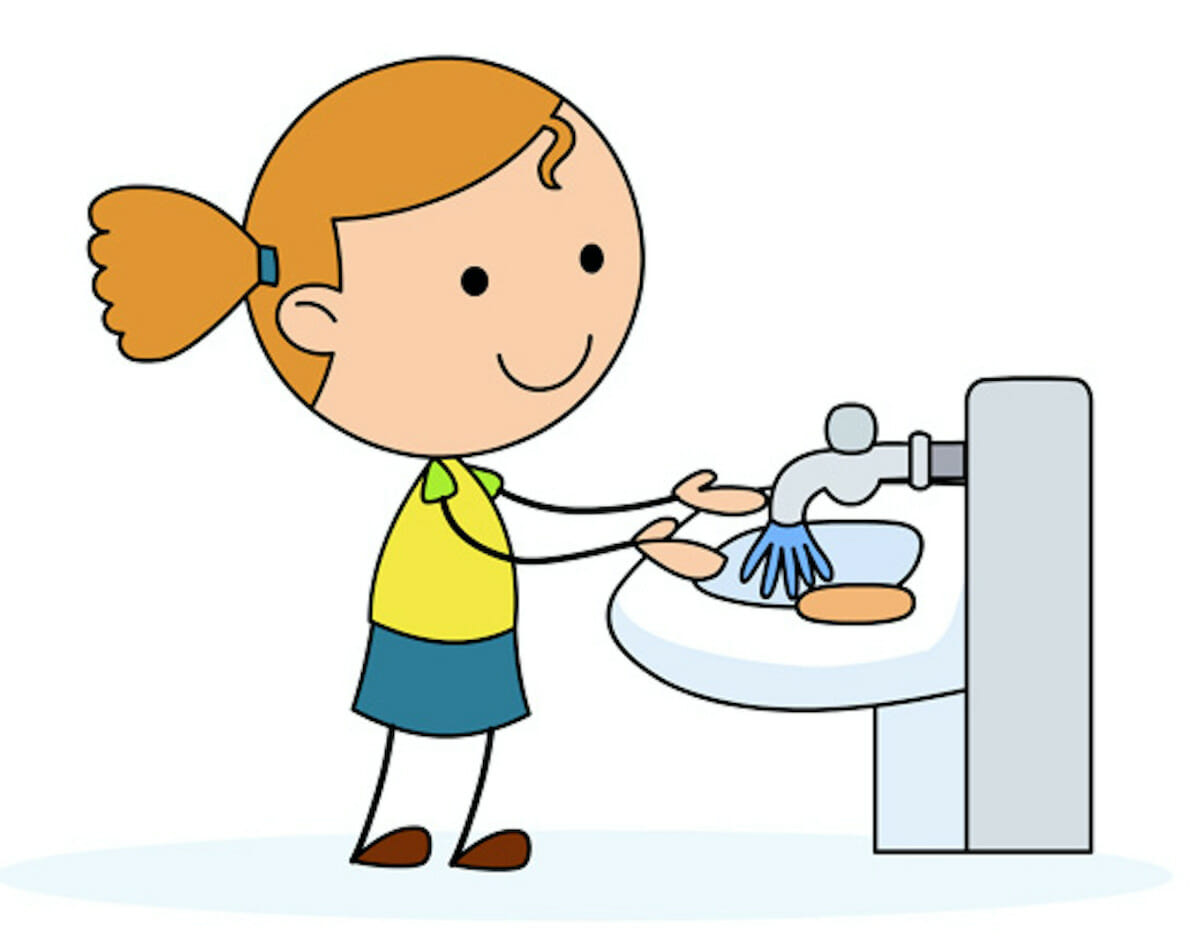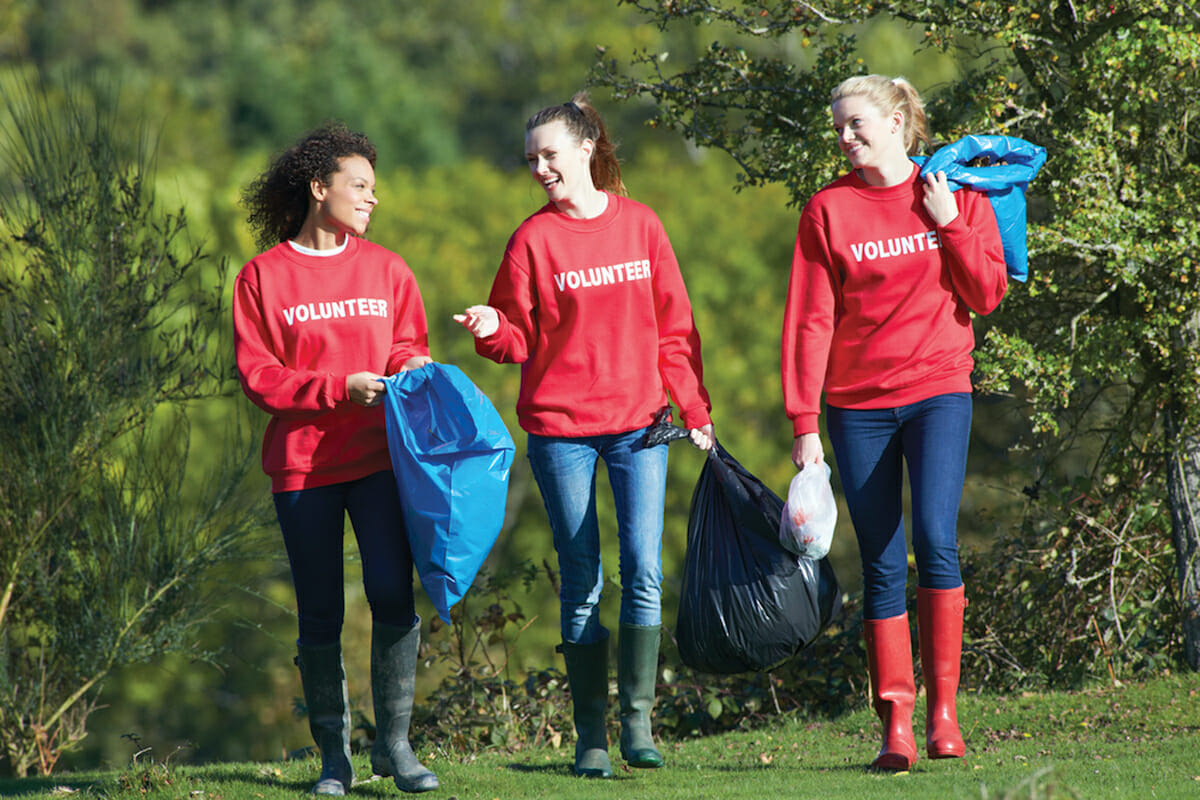Hand hygiene is very important during COVID, cold and flu season. Every three minutes, a child puts a hand in his/her nose or mouth. Considering that some viruses and bacteria can live two hours or longer on surfaces like cafeteria tables and doorknobs that children touch throughout the day, it is easy to see how clean hands are critical to avoiding sickness. Keeping hands clean is key to avoiding getting sick and spreading germs. The common cold accounts for nearly 22 million school days lost annually, making now an important time to remind the family of proper hand hygiene.
There are plenty of unwashed hands out there. Only one in five of us does the job properly, according to environmental microbiologists. Everyone needs to be sure they understand how to wash properly and use alcohol-based instant hand sanitizers. Everyone—especially children can benefit from a refresher on effective hand hygiene:
Tell children that clean hands are important to avoiding illness and spreading germs.
Show children how to wash hands properly, according to Centers for Disease Control and Prevention (CDC) instructions:
Wet hands with clean, warm water and apply soap.
Rub hands together to create lather and scrub all surfaces (including between fingers and under nails) for 20 seconds.
Rinse hands under running water.
Dry hands thoroughly.
Help children keep clean anywhere they are. When soap and water are not available, alcohol-based instant hand sanitizers — like PURELL® — effectively kill 99.99% of the most common germs that may cause illness — and there is no evidence that germs become resistant to alcohol as a result. Show children how to use hand sanitizers properly: Apply alcohol-based hand sanitizer to the palm of one hand. Rub hands together — so that product covers all surfaces of hands and fingers — until hands are dry.
A hand antiseptic, hand disinfectant, or hand sanitizer is a supplement or alternative to hand washing with soap and water. Many preparations are available, including gel, foam, and liquid solutions. The active ingredient in hand sanitizers may be isopropyl alcohol (isopropanol), ethanol, n-propanol, or povidone-iodine. Inactive ingredients in alcohol rubs typically include a thickening agent such as polyacrylic acid for alcohol gels, humectants such as glycerin for liquid rubs, propylene glycol, and essential oils of plants. Alcohol-based hand sanitizers are more effective at killing microorganisms than soaps and do not dry out hands as much.
Common non-alcohol, rinse-free hand sanitizers use either small concentrations of the nitrogenous cationic surface-acting agent benzalkonium chloride, the chlorinated aromatic compound triclosan, or povidone-iodine. Some products claim to kill microorganisms naturally, although these claims are not substantiated in any FDA monograph. Always look for and purchase hand sanitizers made in the USA. All hand sanitizer products require National Drug Code designation in the United States. Alcohol rub sanitizers generally kill most bacteria, and fungi, and stop some viruses. Alcohol rub sanitizers containing at least 70% alcohol (mainly ethyl alcohol) kill 99.9% of the bacteria on hands 30 seconds after application and 99.99% to 99.999% in one minute. When hands are not visibly dirty, the CDC and many other world public health authorities recommend alcohol hand sanitizers as an acceptable alternative to soap and water for hand hygiene.
Remind, remind, remind. Encourage children to wash hands frequently throughout the day—before eating, and after using the bathroom and playing outside. Check with schools to see if older children can carry a travel-size container of hand sanitizer in their backpack, for quick hand cleansing when soap and water are not available.
Exclusive content from CARE magazine









